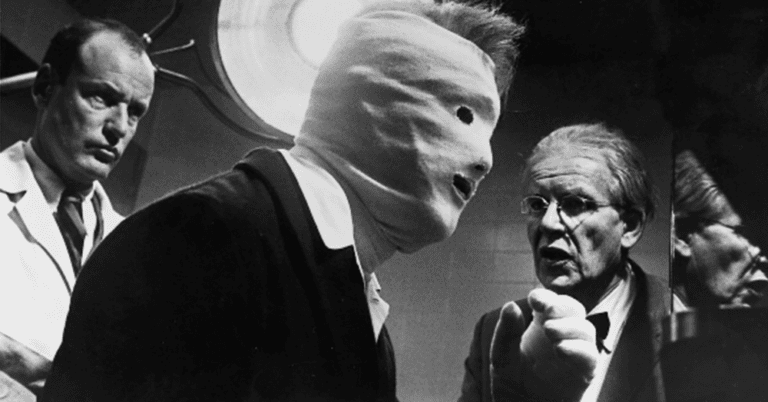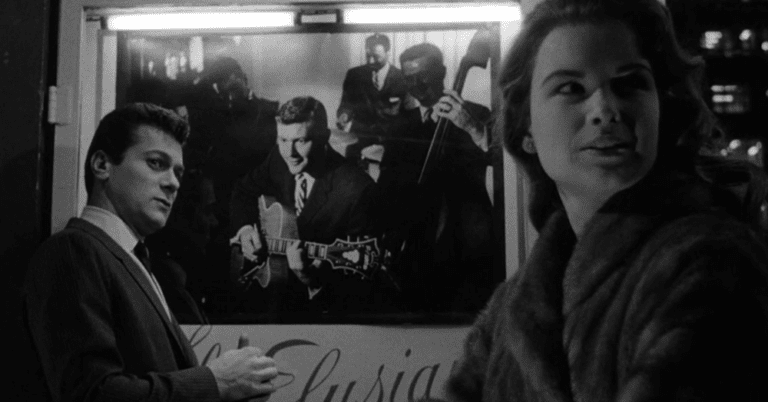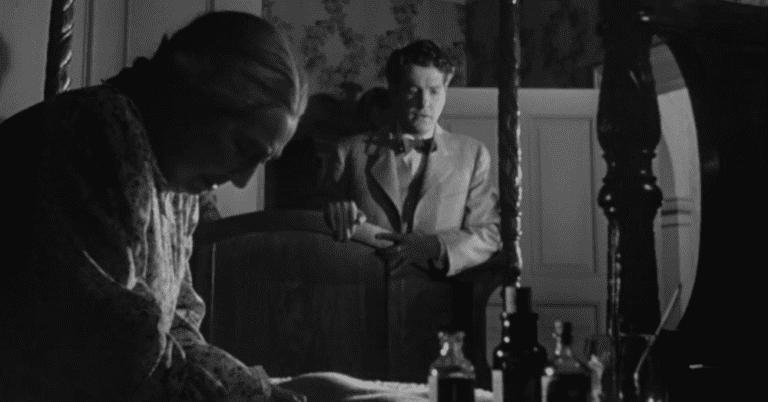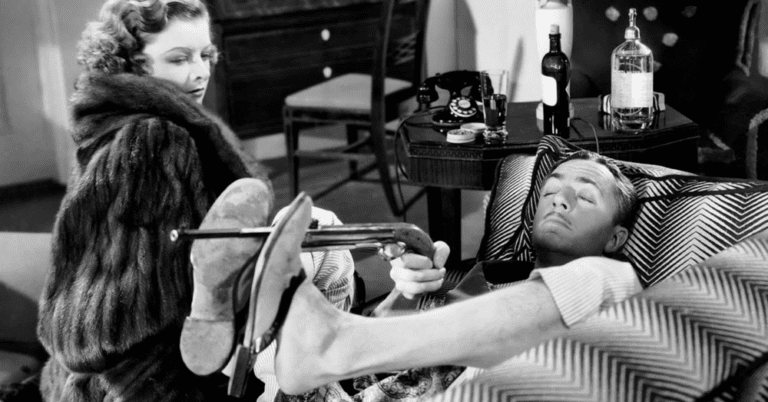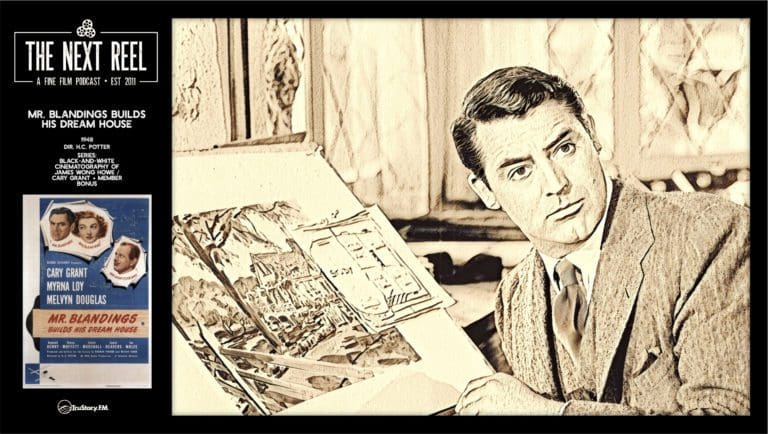
Mr. Blandings Builds His Dream House • Member Bonus
It’s our January member bonus episode! We’re talking about H.C. Potter’s 1948 film ‘Mr. Blandings Builds His Dream House,’ which fills in a gap in both our Cary Grant and our Black and White Cinematography of James Wong Howe series. Check it out!

